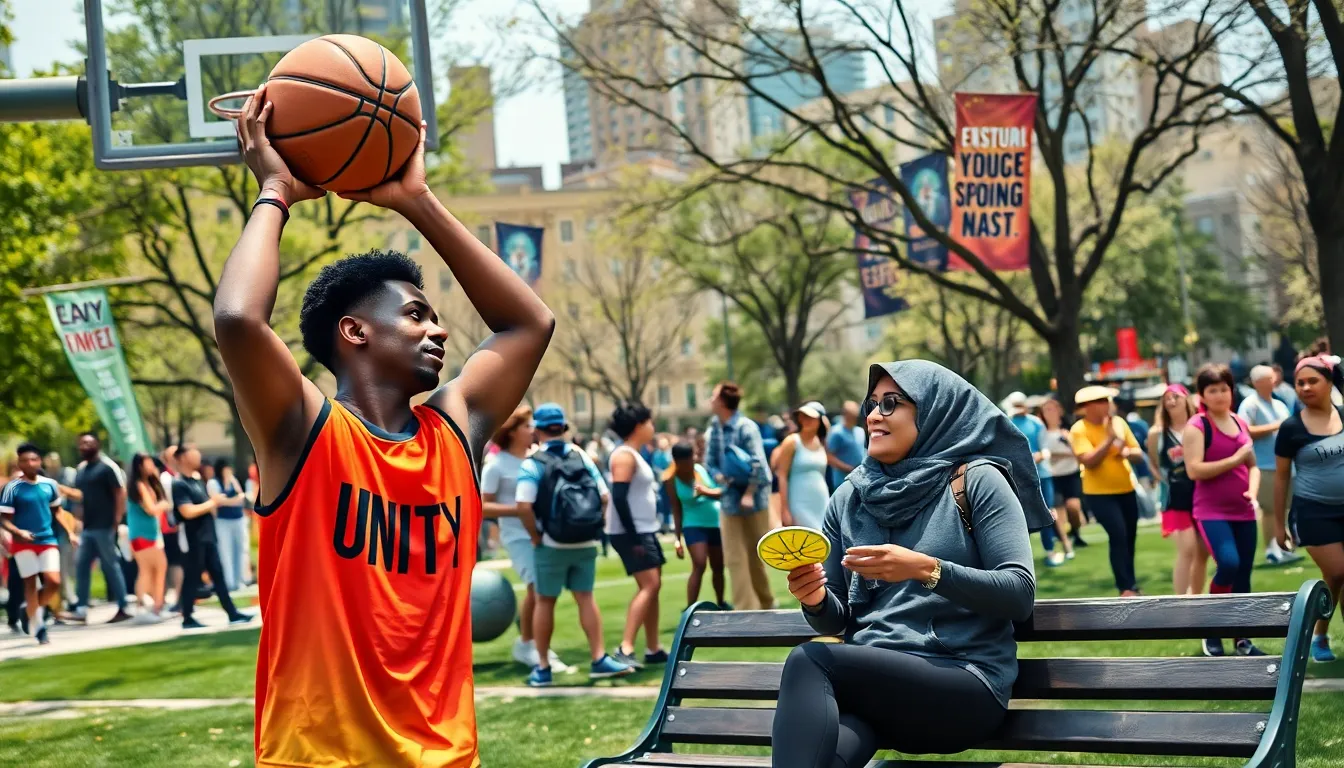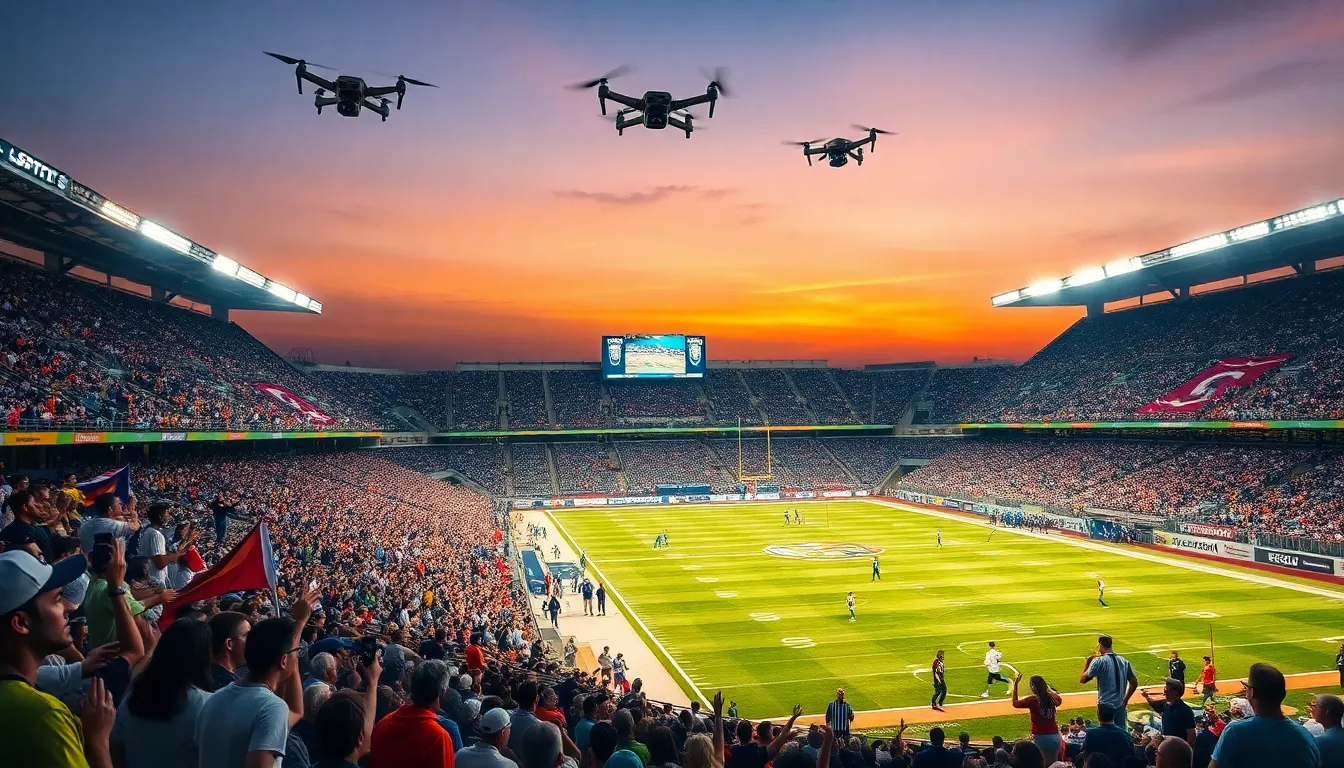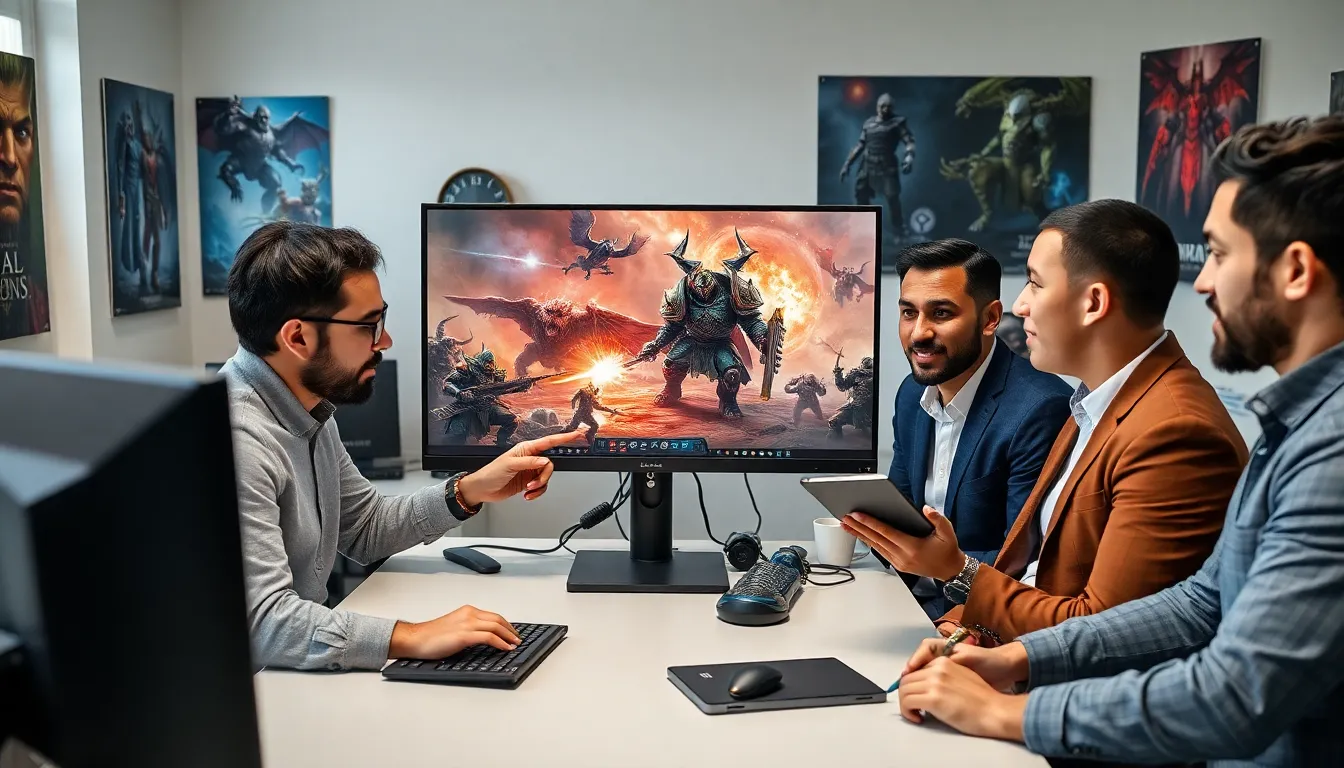In today’s fast-paced world, sports are not just games: they are a dynamic reflection of society, culture, and technology. From the local playground to the grandest stadiums, the intersection of sports and culture shapes how fans engage, how athletes perform, and how communities unite. This article delves into key areas of this intersection, examining the significant influence of technology, social media, economic impact, diversity, and future trends affecting the sporting landscape.
Table of Contents
ToggleUnderstanding The Intersection Of Sports And Culture

Sports have long been seen as a mirror of cultural values and societal changes. They promote unity, challenge social norms, and inspire movements. Throughout history, sports have reflected and influenced cultural identities: events like the Olympics showcase not only athletic prowess but also global unity and cultural pride. This intersection creates a rich tapestry of stories, ideologies, and cultures, engaging fans on emotional and intellectual levels.
Also, sports can serve as a platform for social change. Athletes have historically used their visibility to advocate for civil rights and social justice. The intersection of sports and culture invites discussions about identity, gender, and race, making it an essential focal point for understanding contemporary societal shifts.
Influence Of Technology On Sports
The impact of technology on sports is profound and multi-faceted. From advanced performance analytics to virtual reality training programs, technology is revolutionizing how athletes train and compete. Modern sensors and wearable devices enable athletes to monitor their health and performance metrics in real time, leading to improved training regimens and injury prevention strategies.
Plus, technology enhances the spectator experience. The rise of streaming services and high-definition broadcasts allows fans to watch events from anywhere in the world with unprecedented clarity and accessibility. Innovations such as augmented reality (AR) and virtual reality (VR) promise immersive experiences, bridging the gap between athletes and fans in ways previously thought impossible.
The Role Of Social Media In Sports Engagement
Social media has transformed the sports landscape, allowing for a two-way communication channel between athletes and fans. Platforms like Twitter, Instagram, and TikTok enable athletes to share personal narratives, connect with followers, and engage in real-time discussions about games and performances. This dynamic interaction fosters a sense of community among fans and creates personal connections with athletes that go beyond the game.
Besides, social media serves as an essential tool for marketing and branding in sports. Teams and leagues use these platforms to promote events, merchandise, and player achievements. The viral nature of social media can catapult a lesser-known athlete or team into the spotlight overnight, underscoring the power of digital platforms in shaping public perception and engagement.
Economic Impact Of Sports On Local Communities
Sports play a crucial role in driving local economies. The construction of sports facilities leads to job creation, boosts tourism, and generates significant tax revenues. Major events like the Super Bowl or the World Series can bring millions to local businesses, hotels, and restaurants, proving that sports are not just entertainment, they are economic engines.
But, the economic impact is not always evenly distributed. While major cities may benefit from hosting large-scale events, smaller communities often struggle to invest in their local sports infrastructure. Understanding this economic disparity is essential for ensuring that the benefits of sports are widely shared.
Diversity And Inclusion In Sports
Diversity and inclusion are critical topics within the realm of sports today. While sports have the potential to unite people from diverse backgrounds, systemic barriers still exist. Initiatives aimed at promoting gender equality and increasing representation of minorities in sports are becoming more critical as audiences demand greater accountability from organizations.
Programs encouraging youth participation across various demographics are essential to cultivating future talent and ensuring that sports are accessible to all. Efforts led by leagues, teams, and community organizations aim to break down barriers and create environments where everyone feels welcomed and valued.
Future Trends In Sports And Their Cultural Implications
Looking ahead, several trends are poised to shape the future of sports significantly. Sustainability has become a focal point as teams adopt environmentally friendly practices, such as reducing waste and promoting green technologies in stadium construction. Also, the integration of eSports into mainstream culture continues to grow, attracting a new generation of fans and redefining what it means to be an athlete.
These trends raise vital questions about the cultural implications of sports in society. As eSports gain legitimacy, traditional sports may need to adapt to maintain their audience engagement. Also, the push for sustainability challenges sports organizations to rethink their operational and economic models.
Conclusion
The intersection of sports and culture continues to evolve, shaped by technology, social media, economic factors, and the ongoing pursuit of diversity and inclusion. As society changes, so too do the narratives woven into the fabric of sports. Understanding these intersections not only enriches appreciation for sports but also highlights their potential as tools for social change. Embracing these dynamics will be essential for the future of sports, ensuring they remain relevant and reflective of an ever-changing world.




